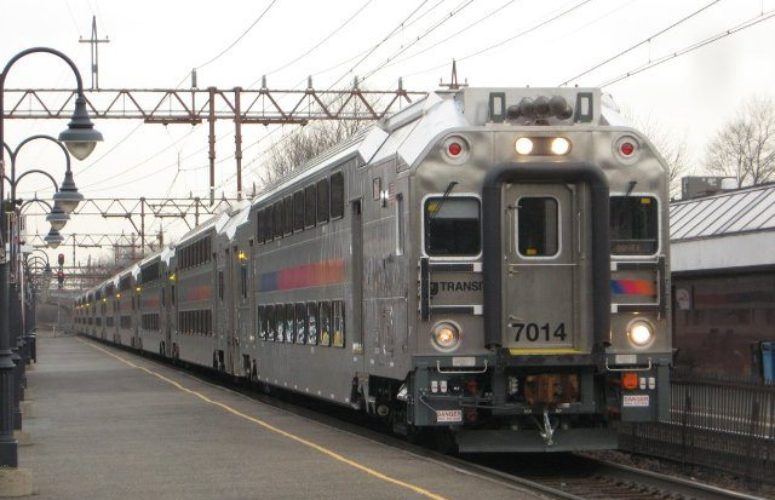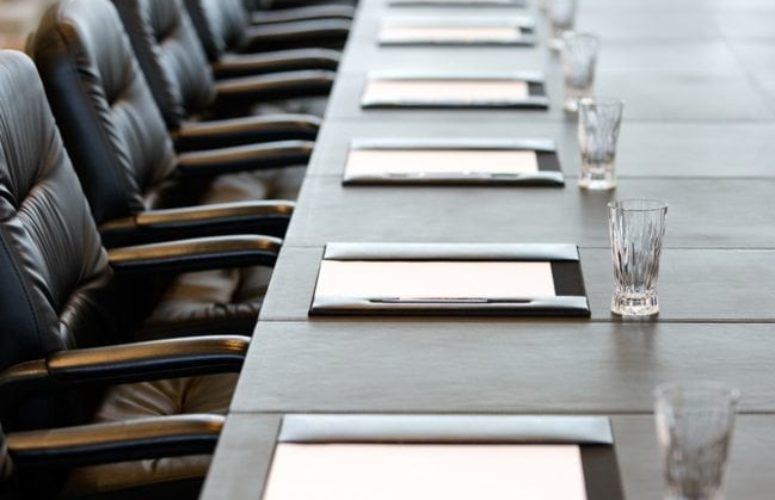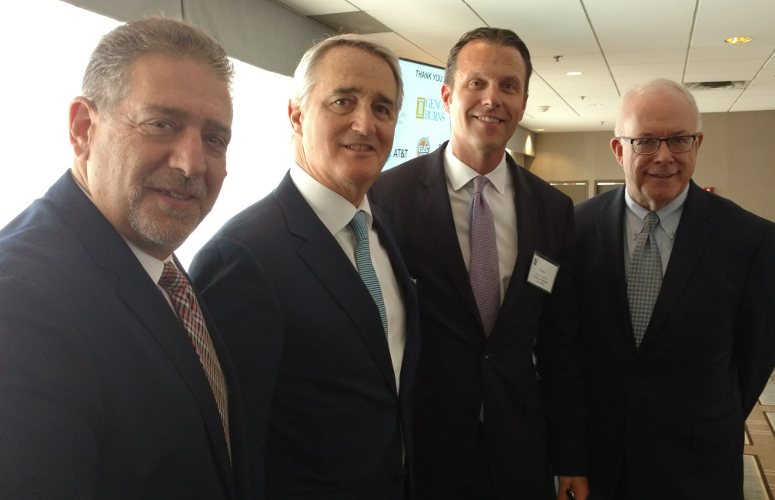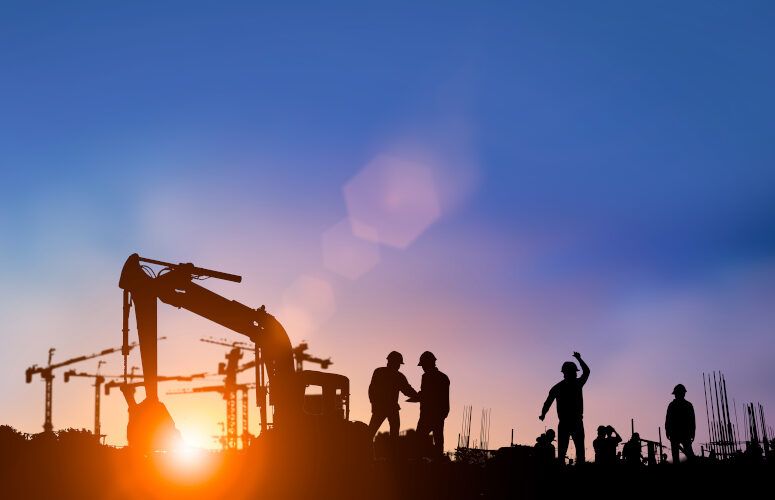
Zaro Sounds the Alarm on Gateway Project; Seeks Funding
By George N. Saliba, Managing Editor On Feb 21, 2019Jerry Zaro, chairman of the Gateway Development Corporation, today told NEW JERSEY BUSINESS that building a new rail tunnel and bridge between New Jersey and New York – part of the Gateway project – would cost approximately $13 billion or more. Overall, while New Jersey, New York, the Port Authority of New York and New Jersey and Amtrak are now willing to commit 50 percent, the broader topic is controversial for many people, with at least some claiming that the federal government could be withholding monies/stalling progress because the New York/New Jersey region tends to vote for Democrats.
Whether or not that is true, Congress last week did, Zaro says, appropriate a total of $780 million that is “clearly meant” for building Gateway, although, in effect, it was not clearly labeled as such.
The many-years-unfolding, often finger-pointing saga surrounds the fact that an aging two-track subaqueous Hudson River rail tunnel (initially constructed more than 100 years ago) moves trains between New Jersey and Manhattan, and this has generated both commuting congestions and other inconveniences, as well as economic and safety concerns for some experts.
Operators move trains through the Hudson River tunnel on a daily basis with little time between one and the next, but any stalls with even one of the trains can bottleneck the system. Numerous pundits have cited that, at the very least, this affects regional economic competitiveness since commuters can’t be certain whether or not they will have timely travel to work or other commitments.
“With one mechanical failure, an average of 80,000 people will be late to work that day,” Zaro says. “They’ll be late to return home at night that day; who knows how many important meetings may have been missed; a job interview; getting home for a child’s school play.”
The tunnel has grown from carrying an average of 13,000 commuters a day via 116 trains when it opened, to approximately 200,000 commuters via 450 trains, today. Meanwhile, Superstorm Sandy in 2012 flooded the tubes with salt water, which attacked electrical components as well as concrete and rebar.
The Gateway project, again, would additionally replace the Portal North Bridge, the latter which has been known to have difficulty properly closing and, overall, requires trains to proceed at a slower pace to accommodate older infrastructure. Of note, Gov. Murphy recently committed $600 million toward work on the bridge.
Zaro says, “Very often, we can’t get [the bridge] closed, because it is mechanically obsolete. And sometimes it ‘almost’ closes. … And, so, believe it or not, there is a fellow with a sledgehammer who comes out and knocks those rails into alignment. This is 2019 in the United States of America. You don’t have to be a rail safety expert or engineer to know this is an unacceptable condition.”
Meanwhile, Zaro says it could take a total of nine years to build a new underwater tunnel and decommission the old one.
Zaro concludes, “The biggest challenge is that the tunnel is both literally and figuratively, underwater; they are out of sight; they are out of mind. If we could pull this tunnel out of the river and suspend it across the Hudson like the George Washington Bridge, and you could see it, the clamor and outcry would be deafening, and this thing would have been funded and replaced a long time ago.”
For now, the quest for funding continues against the backdrop of a politically polarized nation.
To access more business news, visit NJB News Now.
Related Articles:





